Scientists from Oregon State University, Arizona State University, and the Atlantic Shark Institute were monitoring a pregnant, 8-foot porbeagle shark as part of their research when it was killed by a larger predator.
This unexpected event has stirred interest in the scientific community, highlighting the presence of formidable predators even to top predators like sharks.
Detailed Tracking Across the North Atlantic
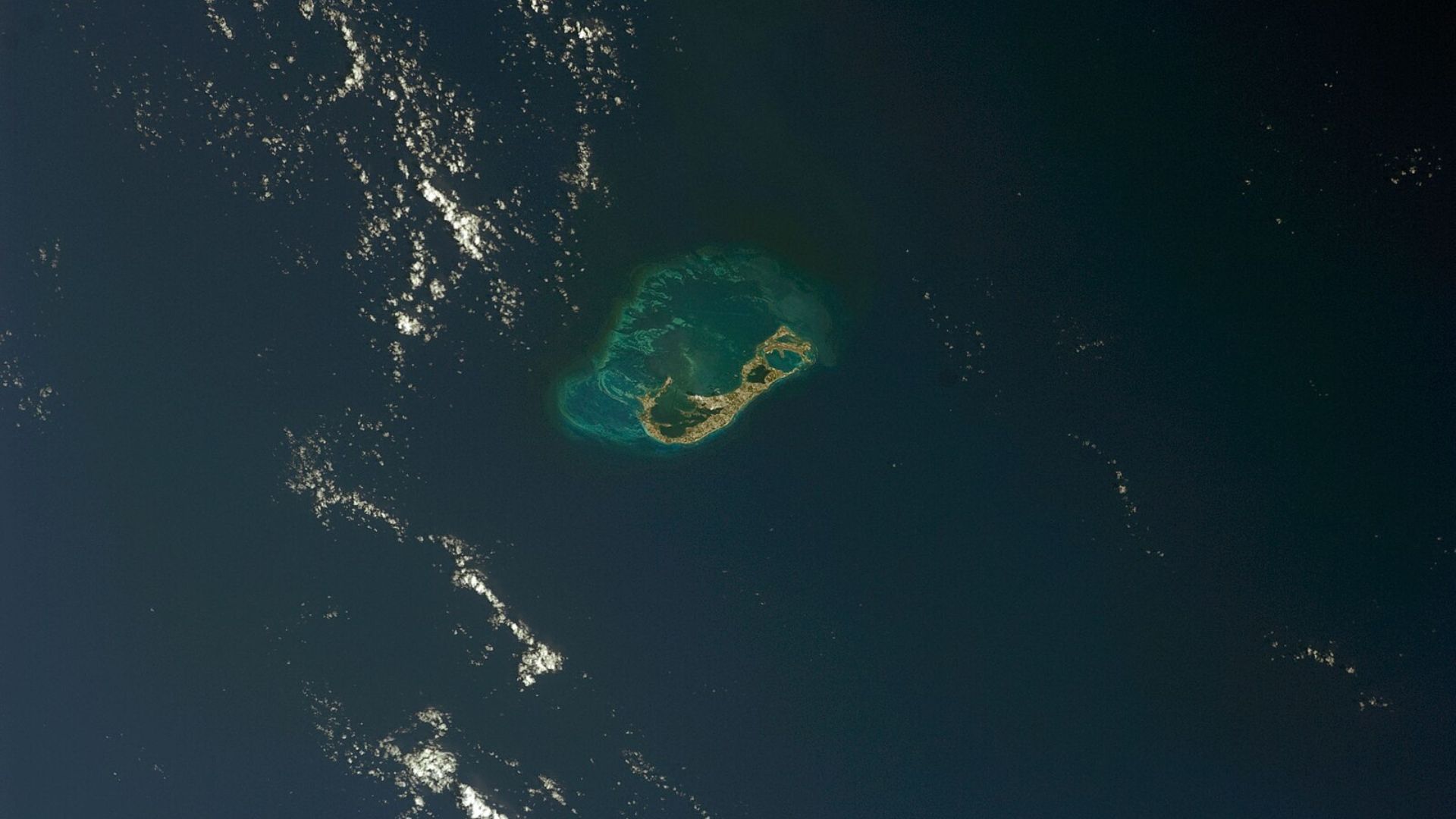
The research team had been tracking the movements of the porbeagle shark from New England to Bermuda.
The journey of hundreds of miles was abruptly ended by an unforeseen predator attack, revealing the harsh realities of marine life and the existence of powerful oceanic predators.
Innovative Tagging Techniques Employed

James Sulikowski, director of the Coastal Oregon Marine Experiment Station at Oregon State University, described their use of two tags on the sharks.
He explained, “a finmount tag, which is located on the shark’s fin and gives scientists a very accurate geolocation when the fin comes out of the water,” as reported by USA TODAY.
Sudden Temperature Spike Indicates Attack
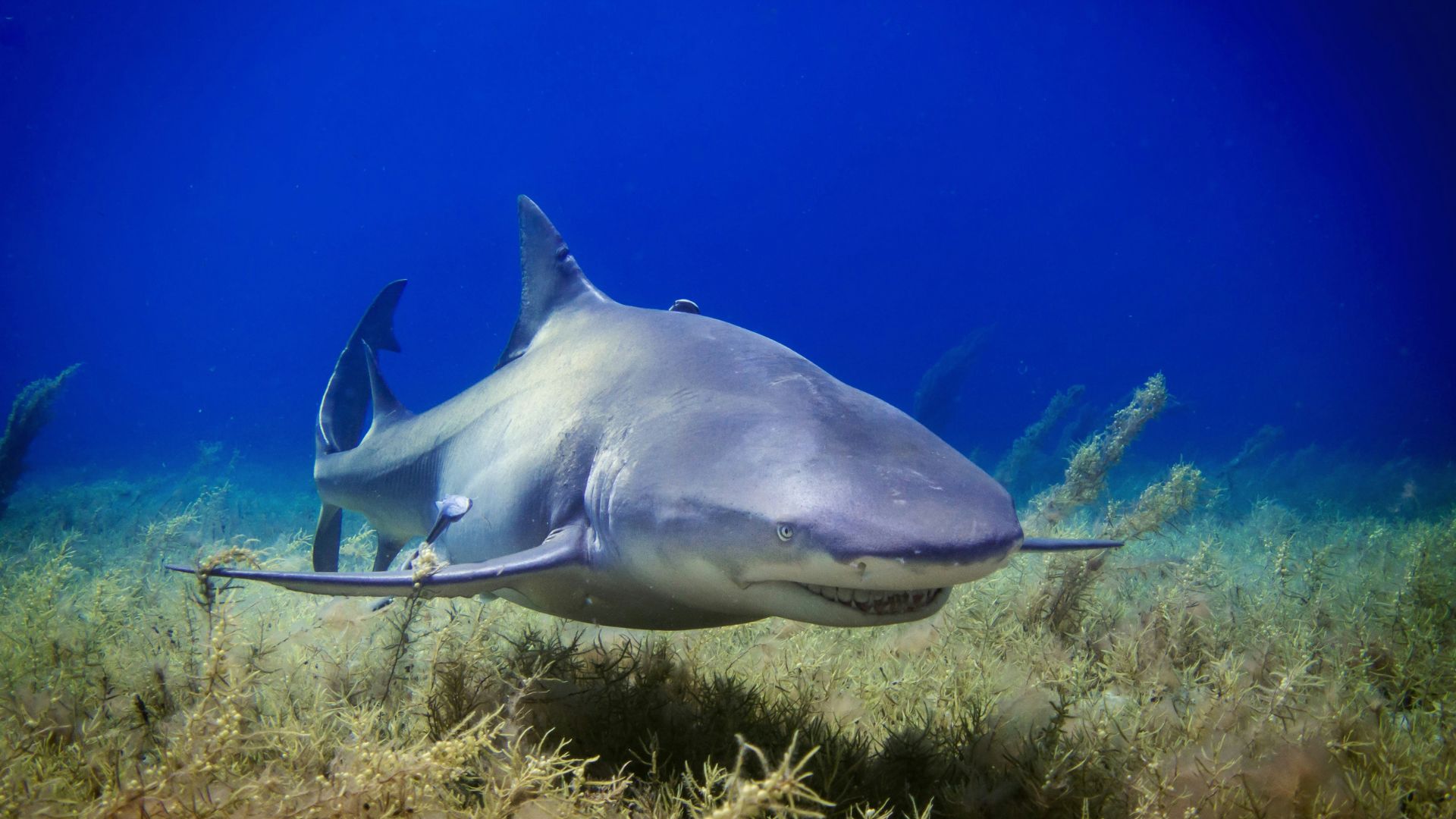
The researchers noticed a critical change when the temperature recorded by the shark’s tag suddenly increased from 15 degrees Celsius to 25 degrees Celsius.
“That’s how we knew the shark was actually eaten or attacked,” Sulikowski explained, indicating a significant discovery in their study of marine predators.
Identification of the Predatory Shark
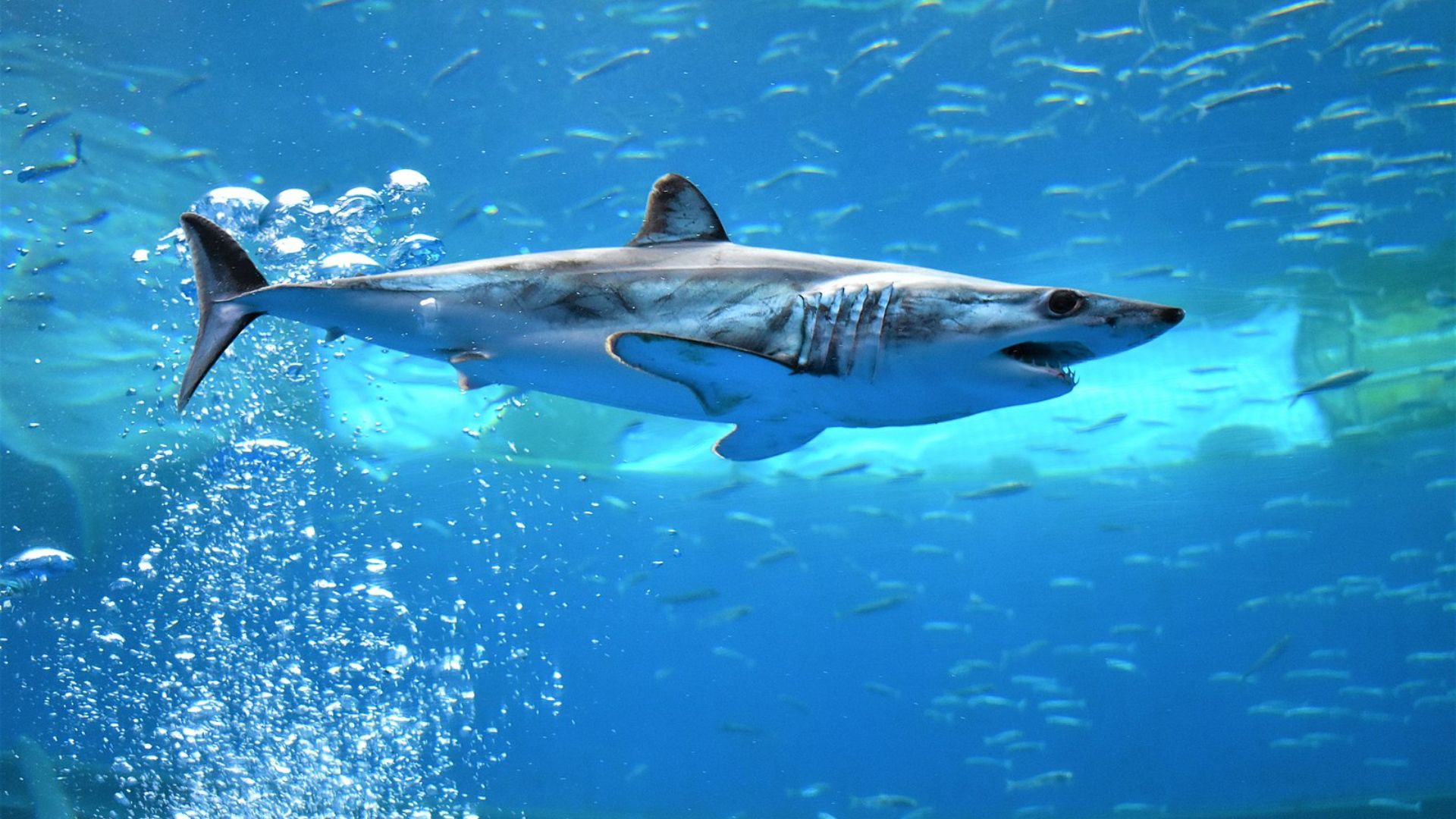
Based on the temperature data recorded, the predator was likely another large, warm-blooded shark. Sulikowski speculated, “My guess is probably a mako or a white shark because they do get larger than a porbeagle.”
This information helps in understanding the dynamics within the shark species.
Second Porbeagle Shark Incident Reported
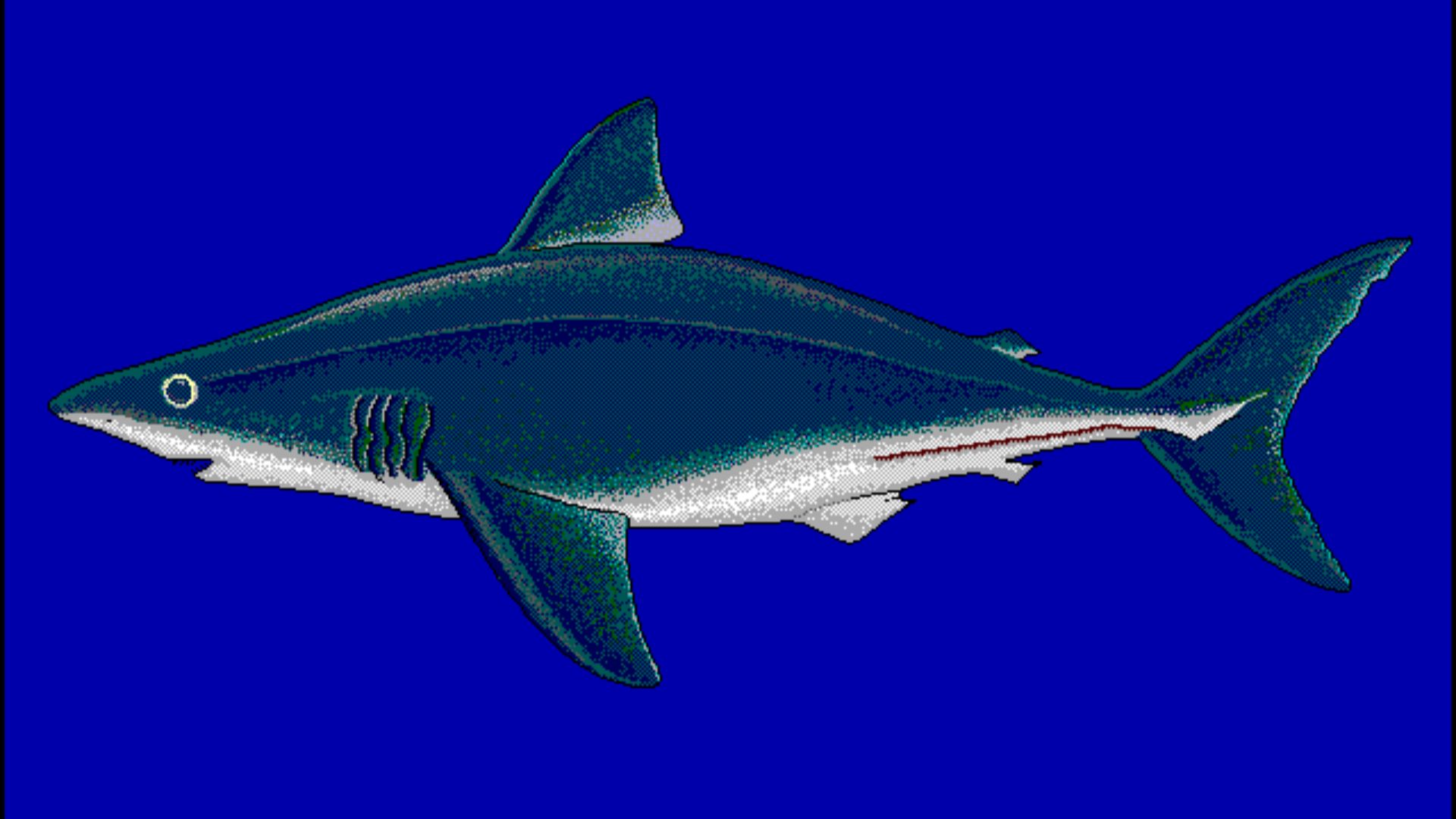
In a related yet distinct incident, another porbeagle shark experienced a similar fate, sinking to the ocean floor after an attack, its body not consumed.
This event, occurring at a similar depth and location, illustrates the dangers lurking in these waters for marine life.
Pattern of Predatory Behavior Observed
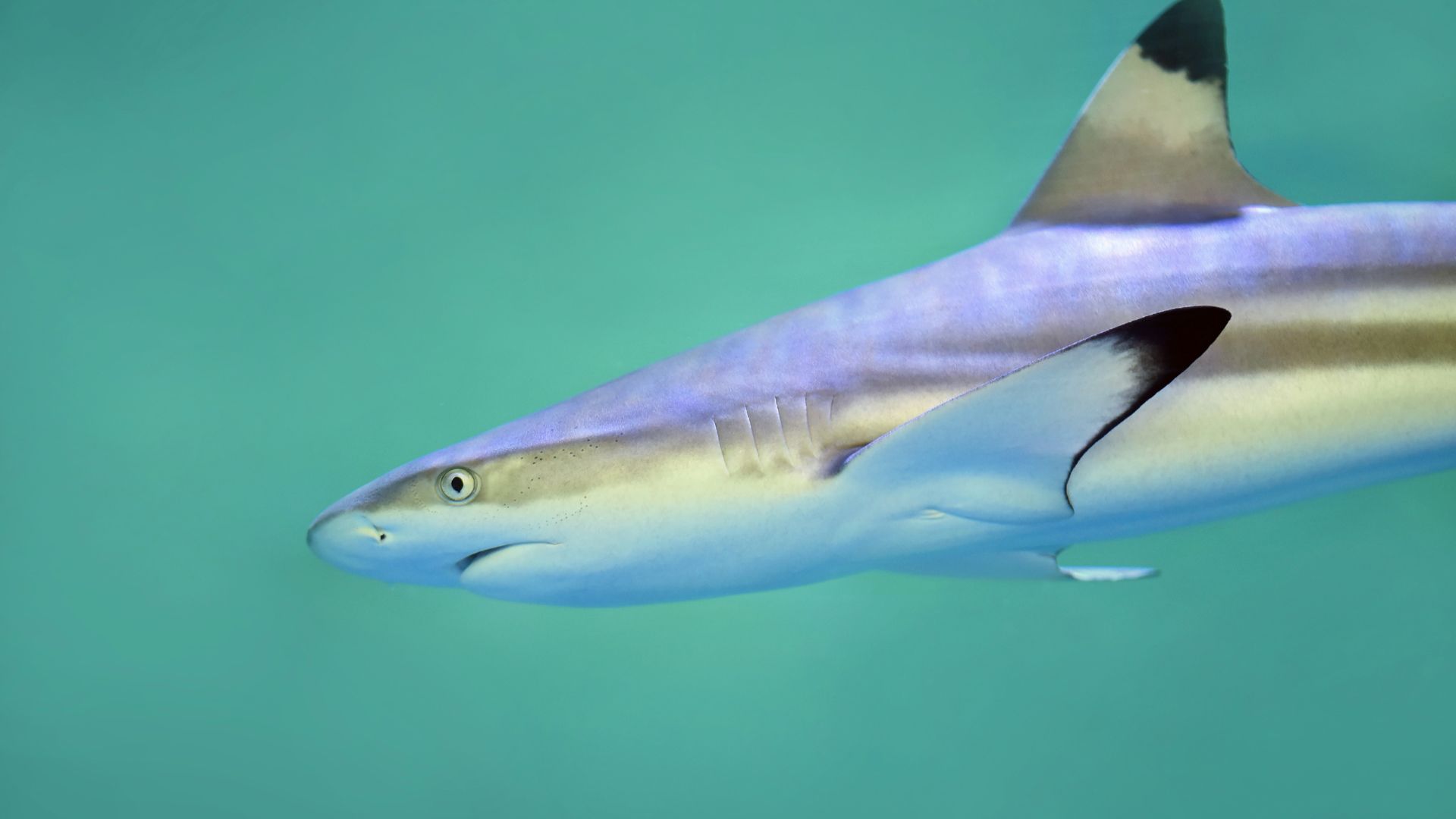
Reflecting on the incidents, Sulikowski noted, “Both sharks were attacked at about the same depth, at about the same location, a year apart from one another.”
This observation points to a potential predatory pattern in this marine region.
Strategic Hunting Depth of Predators
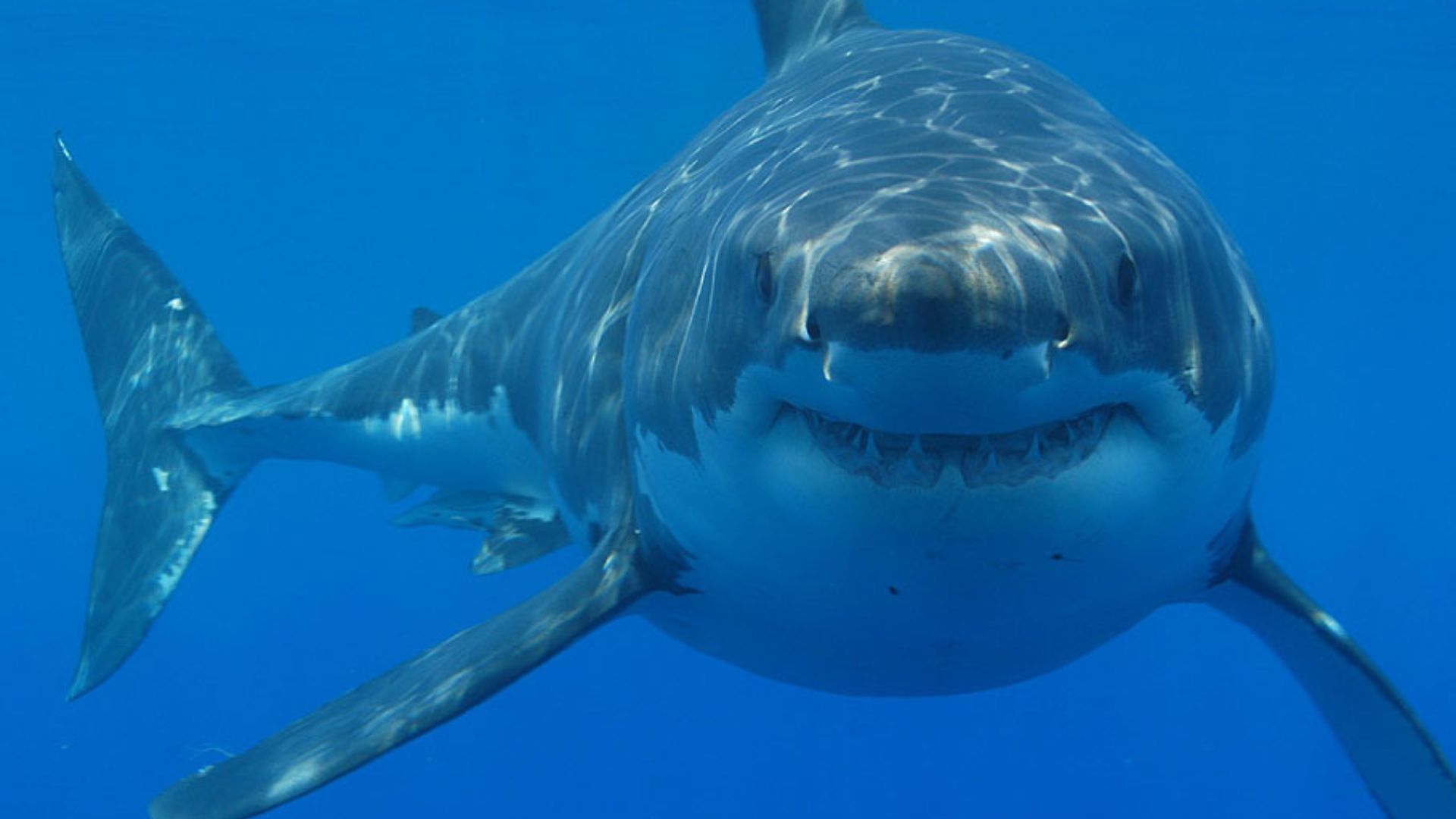
The consistent depth and location of these attacks may suggest a strategic hunting pattern by predators in the ocean, capable of overpowering large sharks like the porbeagle.
These insights are crucial for understanding the ecological dynamics at play deep beneath the ocean’s surface.
Research Sheds Light on Marine Predator Dynamics

These rare predation events on large sharks provide valuable data that can challenge and expand current understanding of marine predator-prey interactions.
Such incidents are key to studying the balance and behavior of oceanic food chains.
Conservation Implications for Endangered Porbeagle Sharks
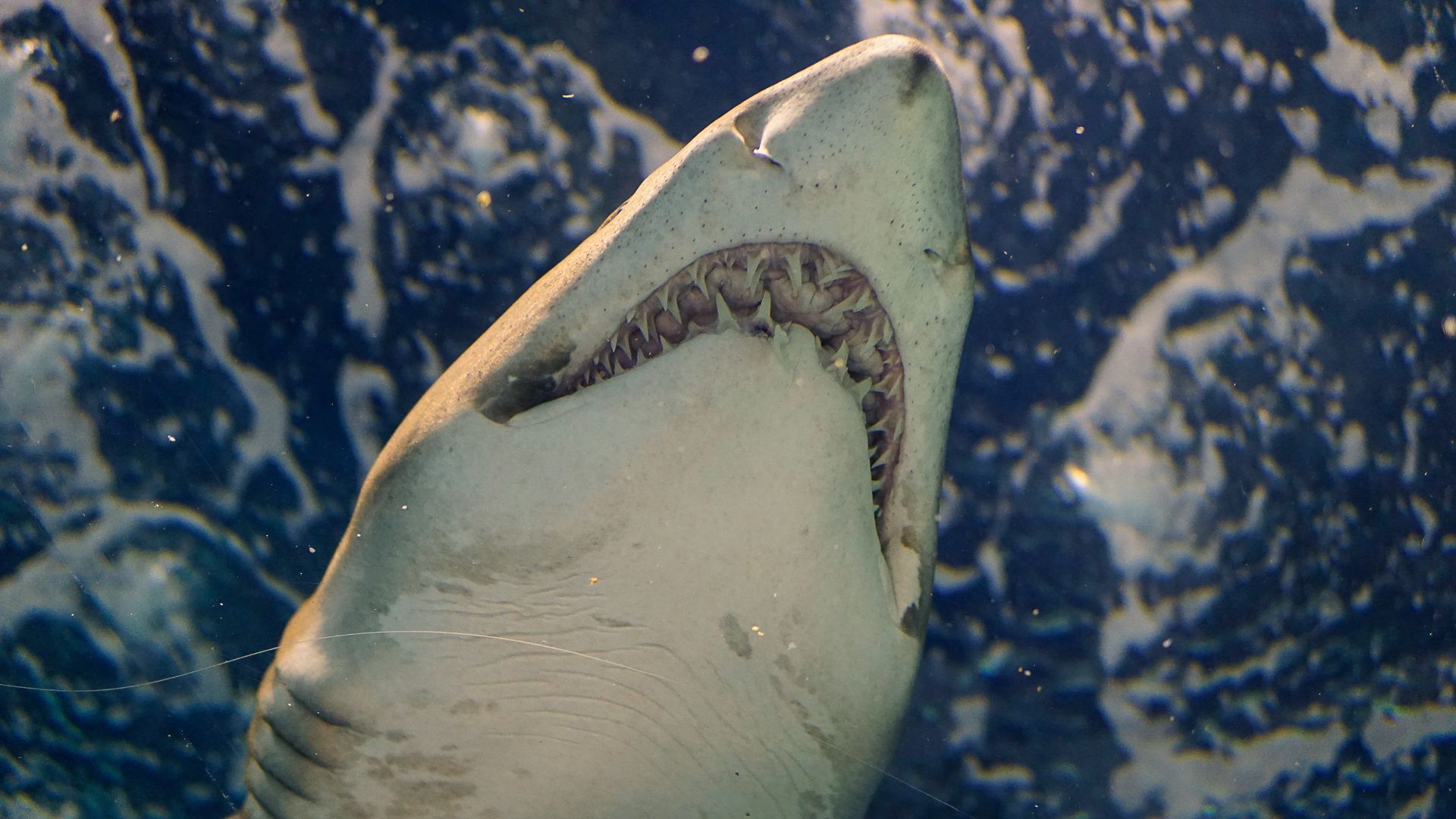
The vulnerability of porbeagle sharks, despite their size and speed, to larger predators highlights the complex challenges in marine conservation efforts.
Protecting these endangered species requires a deep understanding of their natural predators and threats.
Increased Interest in Marine Predator Research
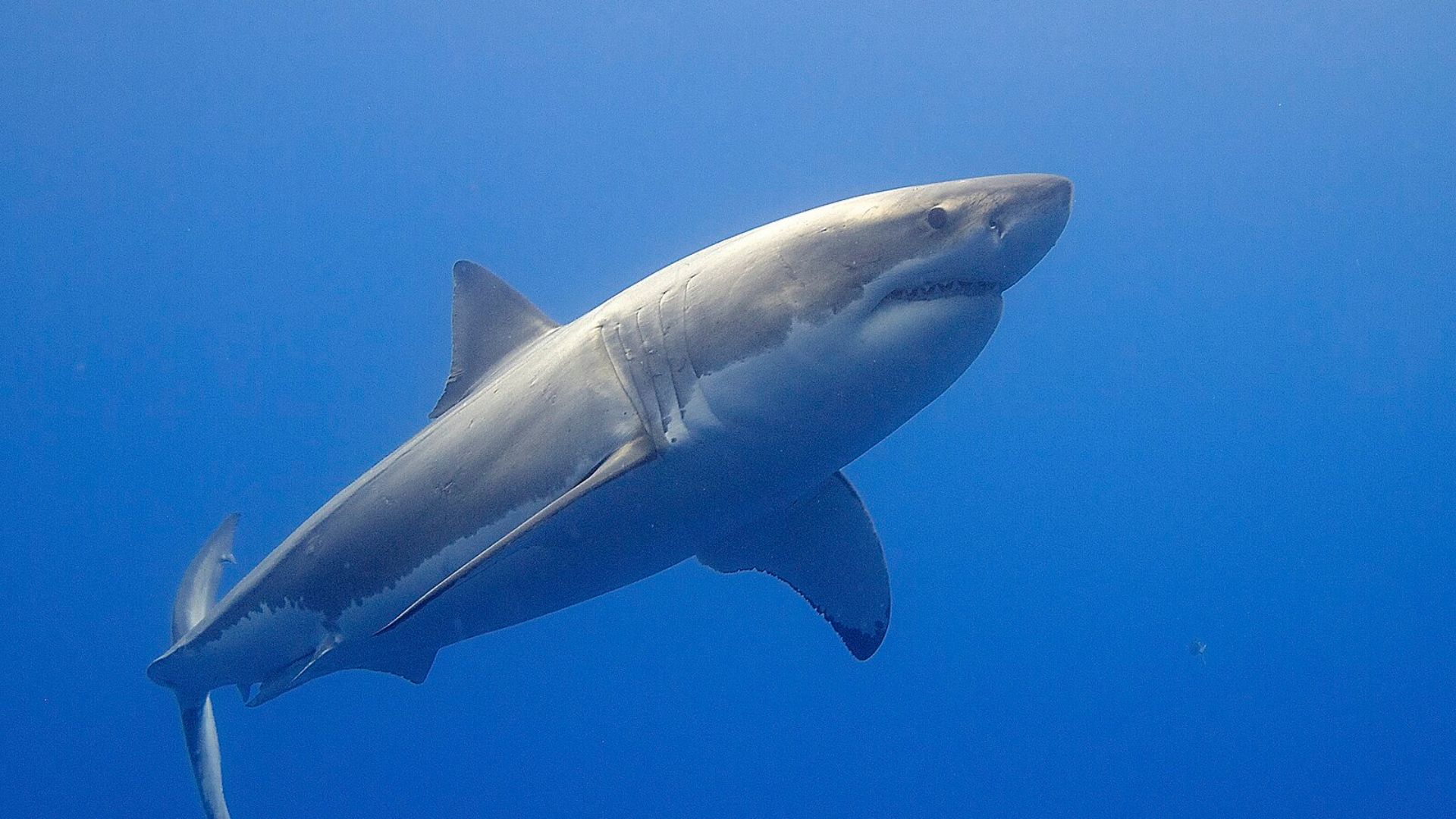
“These events make us want to study more and learn more about how susceptible other large sharks are to being eaten and who is the top dog out there,” said Sulikowski.
This curiosity drives further research into the largely unexplored aspects of marine ecology.
Ongoing Quest to Identify Top Marine Predator
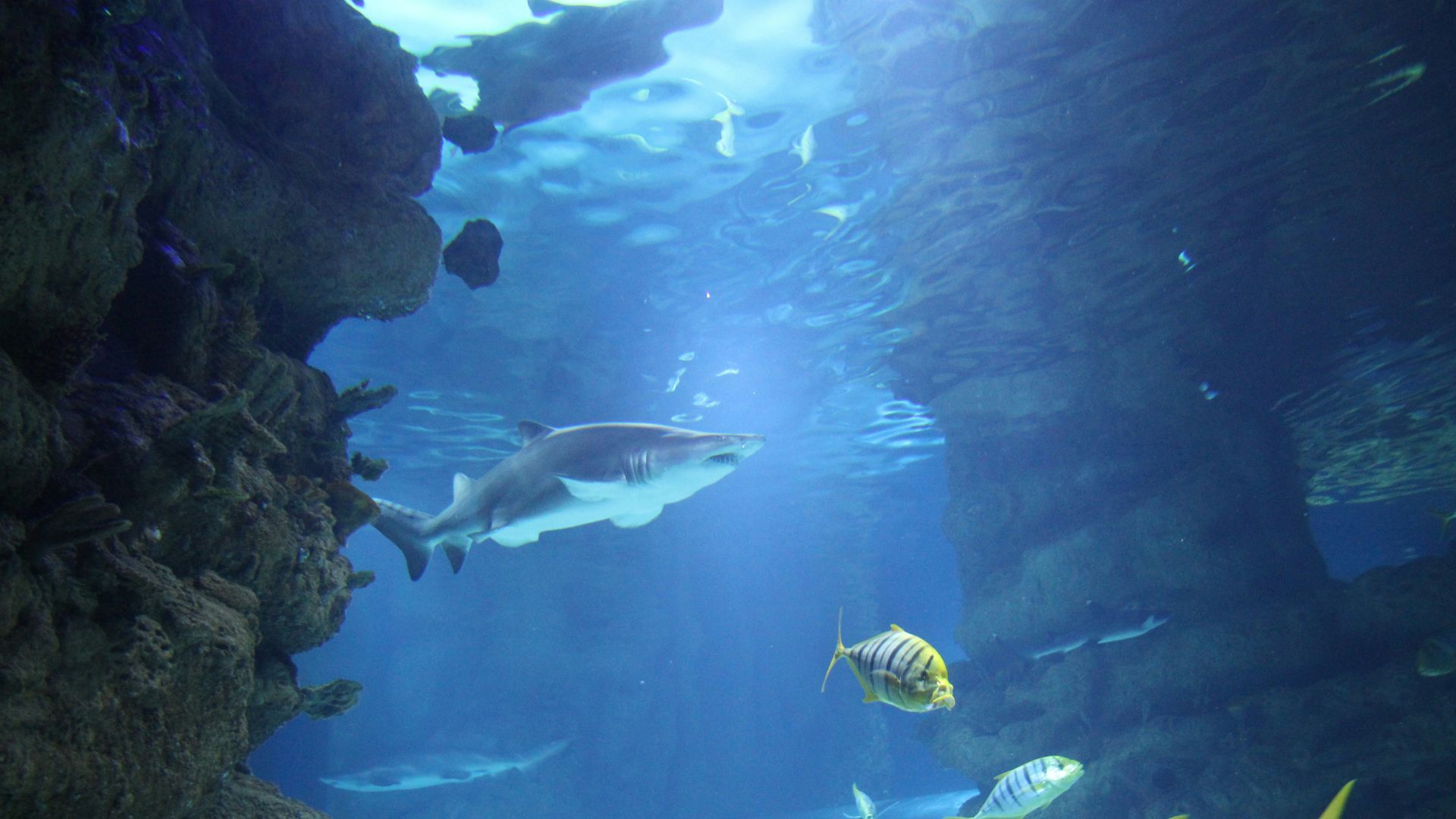
The ongoing research into these predation events is vital in piecing together the puzzle of the ocean’s ecological hierarchy.
Each discovery prompts new questions, pushing scientists to delve deeper into the enigmatic world of marine predators and their interactions.
